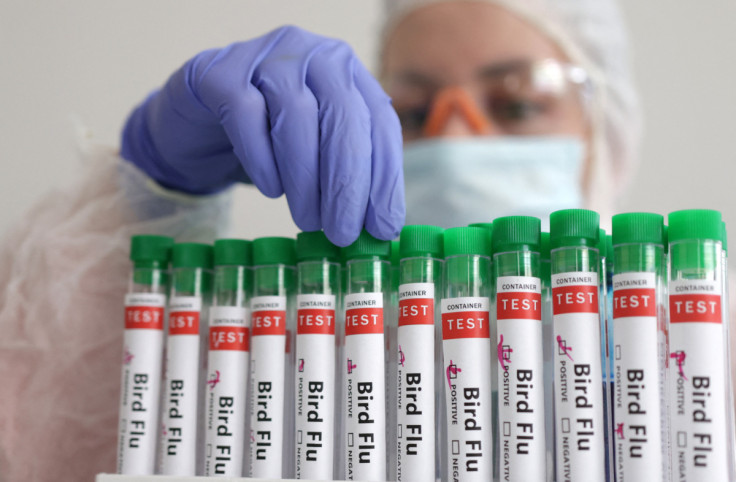
Traces of bird flu virus have been detected in approximately one in five samples of commercial milk in the U.S., according to a recent study conducted by the Food and Drug Administration (FDA).
While the detection of these viral traces does not automatically imply a threat to consumers, the FDA said further testing is key to finding if the intact pathogen is present and remains infectious.
The FDA said in a statement on its website that this thorough examination is crucial in determining whether there exists any potential risk of illness associated with the consumption of the product.
The milk samples subjected to testing by the FDA were sourced from a nationally representative sample.
A higher proportion of positive results were obtained from milk originating in regions where dairy cow herds were infected. However, the FDA did not disclose the exact number of samples that underwent testing.
So far, cases of bird flu have been identified in 33 herds across eight states: Idaho, Kansas, Michigan, New Mexico, North Carolina, South Dakota, Ohio, and Texas.
Earlier this week, the FDA announced the discovery of viral fragments in commercially distributed milk, prompting the Agriculture Department to implement a federal mandate requiring testing of all dairy cows for bird flu before interstate transportation.
However, health authorities continue to maintain that pasteurized milk remains safe for consumption.
"To date, we have seen nothing that would change our assessment that the commercial milk supply is safe," the FDA said Tuesday.
It is conducting research on the effects of pasteurization on the bird flu virus present in milk, and expects to unveil the findings soon.
The bird flu virus, known as H5N1, raises significant concerns among public health officials due to its high fatality rate. According to data from the Centers for Disease Control and Prevention, over half of those afflicted with the illness have succumbed to it.
However, the virus exhibits limited human-to-human transmission, and while it can lead to severe illness, reported cases in the U.S. have been mild, with only two instances recorded thus far: one in the current outbreak and another in 2022.
The concern revolves around the potential for the virus to undergo mutation, potentially facilitating easier transmission between humans in the future.







